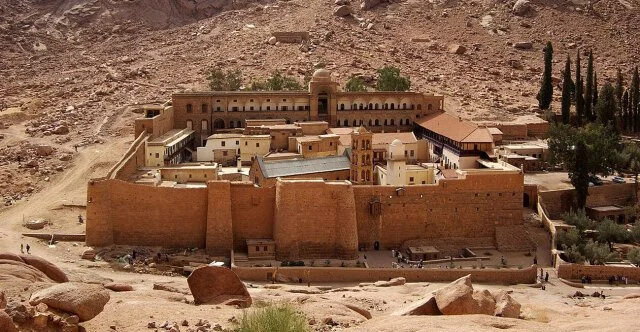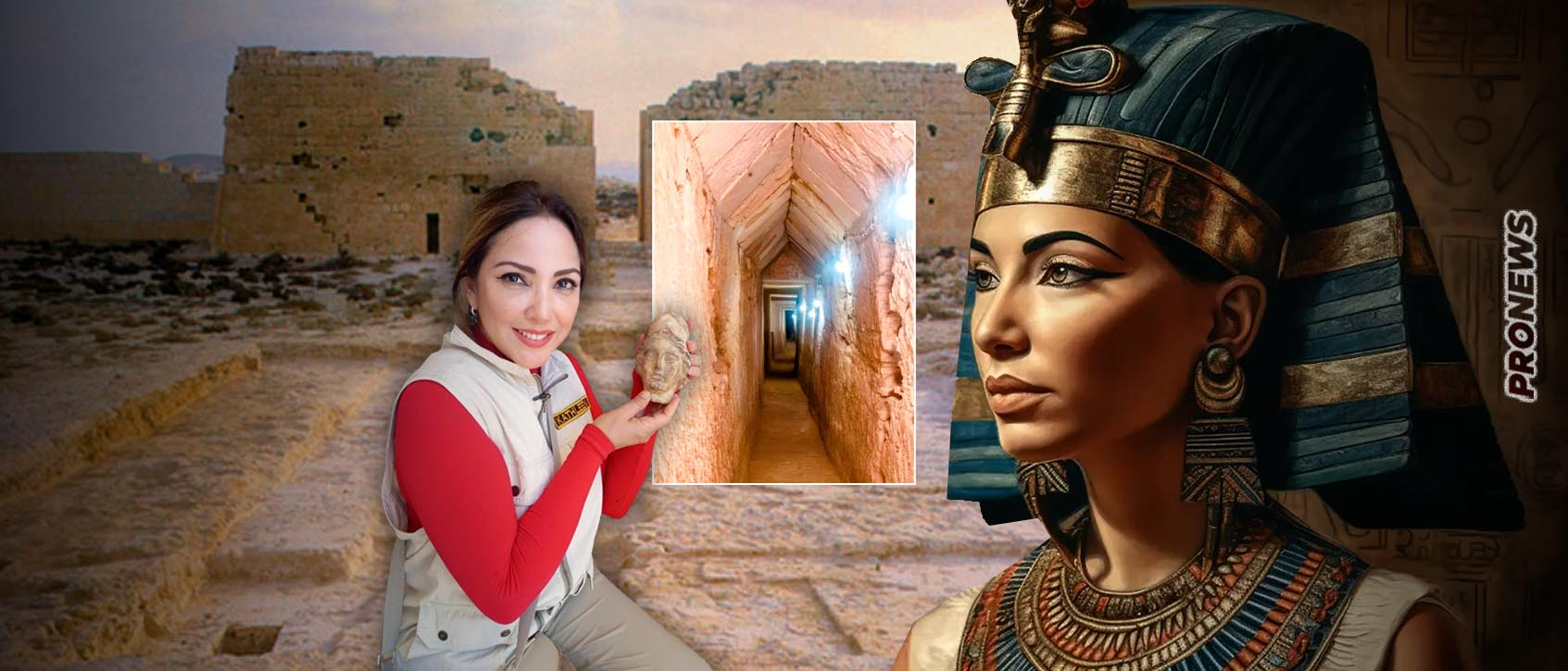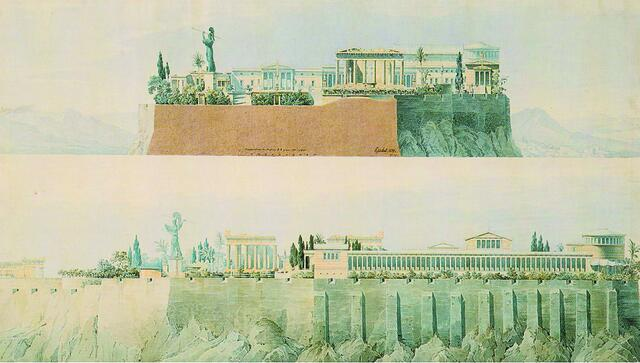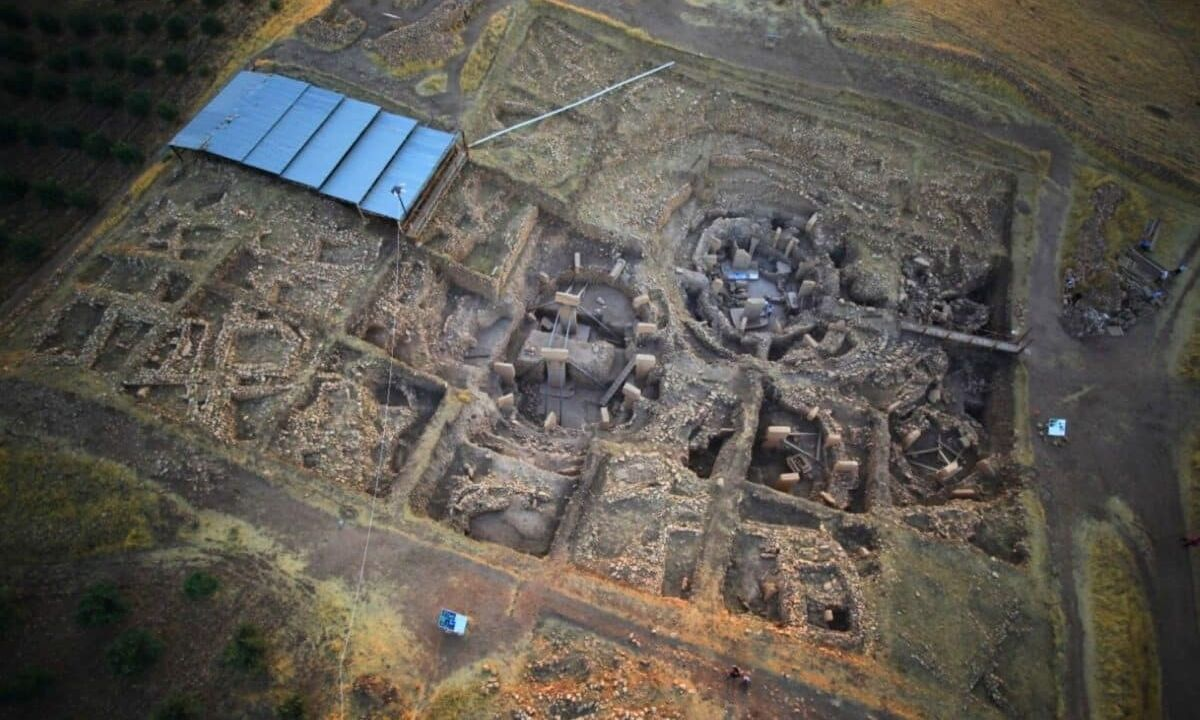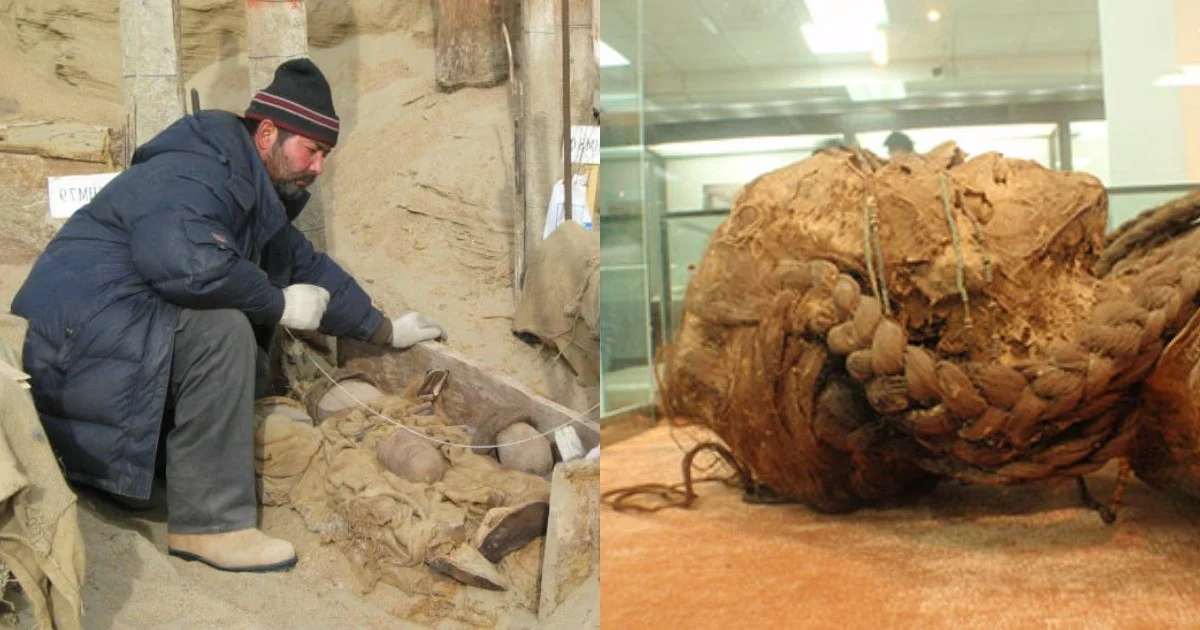Nestled in Upper Galilee, northern Israel, lies Tel el Qadi, also known as Tel Dan, an ancient city that holds one of the most incredible historical treasures: the oldest known man-made arch in history. This ancient biblical city and archaeological site has attracted researchers and historians from around the world, revealing layers of history dating back thousands of years.
A Neolithic Beginning
The history of Tel Dan reaches back to the Neolithic era, around 9000 BC. During this time, early humans established settlements in the region, laying the foundations of what would become a hub of civilization in the millennia to come. These early inhabitants, though primitive by modern standards, were pioneers in agriculture and settlement-building.
The Rise of a Canaanite Stronghold
Fast forward to the Bronze Age, Tel Dan transformed into a significant Canaanite city, surrounded by formidable walls and impressive city gates. It was during this period that the city reached its height of architectural innovation and cultural significance. Among the most important discoveries from this era is the remarkable mudbrick city gate, an entrance that once welcomed travelers and traders into the bustling metropolis.
The excavation of this site revealed the remnants of stairs leading up to the gate, which itself was an engineering marvel. Constructed from sun-baked mud bricks, this gate featured three arches — a groundbreaking achievement in construction. Arches, as we now know, would go on to become a cornerstone of architectural design throughout the ages. However, the arch at Tel Dan stands out for its significance: it is one of the earliest complete arches ever discovered, marking a pivotal moment in human architectural evolution.
The Oldest Standing Arch
What truly sets this site apart is the arch-shaped lintel, a defining feature of the gate. Unlike other ancient structures that have crumbled over time, this archway has remained remarkably intact. It is the earliest known intact archway ever found, offering us a rare glimpse into early human ingenuity. Its preservation allows us to appreciate the sophisticated techniques employed by the ancient Canaanites, who used simple materials like mud bricks baked in the sun to craft enduring monuments.
This discovery reshapes our understanding of early engineering. While modern arches are made of stone or concrete, this humble, sun-baked brick arch marks the dawn of a new era in architecture — one that would lead to the grand arches of Rome and the iconic structures that define cities today.
A Living Connection to the Past
Visiting Tel Dan today is like stepping back in time. The site's preservation offers a tangible connection to the people who once inhabited this ancient city. Standing before the gate, it’s impossible not to be awed by the ingenuity and determination of early builders who, with limited tools and resources, managed to construct a lasting legacy.
This ancient city, with its walls, gates, and arches, provides not just an archaeological wonder but a testament to the enduring spirit of humanity — a drive to innovate, create, and leave behind a mark for future generations.
As we continue to excavate and study Tel Dan, each discovery reveals new layers of history and deepens our understanding of early civilizations. And perhaps most remarkably, this ancient arch reminds us that, even in the distant past, humans were capable of extraordinary feats of engineering that continue to inspire us today.






